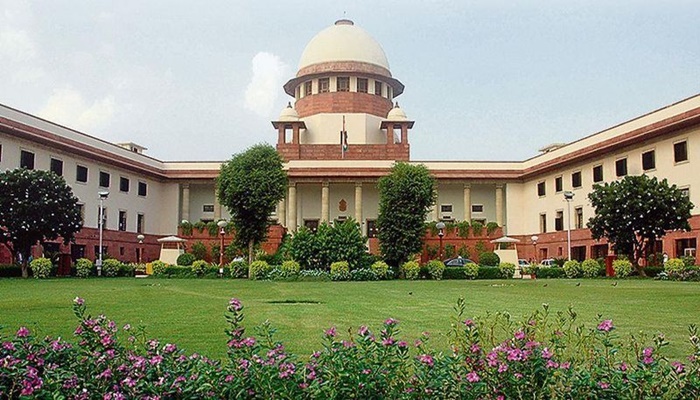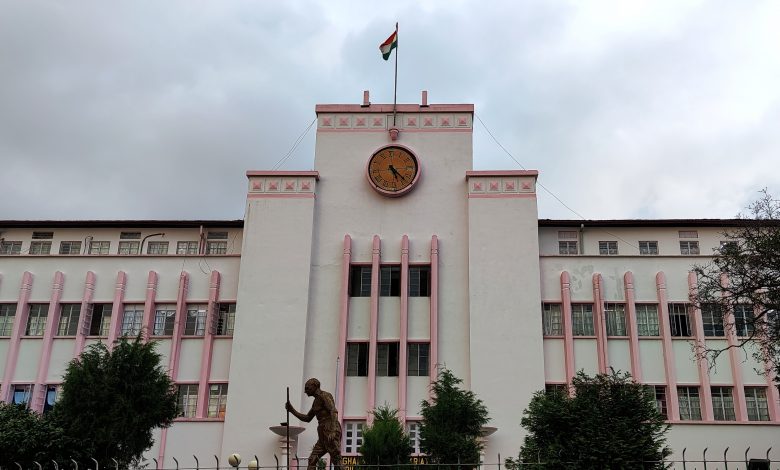Development economist Karthik Muralidharan has sharply criticised India’s public sector staffing model, saying the government is “paying five times more for 95% of jobs” while still functioning like a “1950s Ambassador” car.
Speaking on a podcast with Groww, Muralidharan said, Muralidharan said many parts of the government are still like a 1950s ambassador car where you keep on adding burden but without strengthening the car itself. “Adding more money to your current systems is like putting petrol in a 1950s car. So it will move a little bit but the translation of budget into distance is very weak.”
Highlighting distortions in public and govt sectors, he said, “The top 1 or 2% of people – who are taking decisions that are way more complex than most CEOs take – are massively underpaid relative to what the market would pay for those skills. But for 95% of government jobs, you’re paying five times more than what the market pays.”
High salaries, he explained, create five perversities:
- All resources go to a few employees, leaving no money to hire more.
- Recruitment becomes unmanageable with 100x applicants and frequent exam scandals.
- Wrong fit, as candidates apply for any post, from forest guard to teacher.
- Youth unemployment trap, with educated graduates stuck in exam cycles.
- Skills deficit, since the public sector values passing tests over real abilities.
Muralidharan said the state’s personnel management is broken at every level — from recruitment and postings to accountability. “The politicians are like the race car drivers of a Formula 1 car. The bureaucrats are like the engine and wheels, desperately keeping it moving. They’d also like to be part of a Ferrari rather than an Ambassador, but where is the time? They’re just keeping the car running,” he said.
“Our most lucrative employer doesn’t care about skills, only exams. So you’ve built an entire education system around that. It’s rational for individuals but dysfunctional at the system level,” he said.
Muralidharan, however, noted that India’s top officials are “among the best in the world”, selected through the most competitive exams and equipped with diverse governance experience. Yet, he argued, the system forces even these high-calibre officers to work within outdated structures.
On education, Muralidharan pointed out that “government teachers are highly paid, but half don’t show up for work — 25% absent, 25% in school but not teaching.” Many are from urban areas and have little connection to rural communities, he added, suggesting that local recruitment at lower pay often works better.
He criticised teacher training as “broken” and advocated practicum-based programs for teachers, nurses, and police: “Instead of generic degrees, after 12th you should do three months of theory and nine months of practice in real schools, hospitals or police stations. Recruitment should then reward those with practical experience.”
Healthcare, too, suffers from mismanagement. “In government hospitals, the best equipment is there but it’s locked, not being used. As a taxpayer, you feel your money is going into a black hole,” he said.
Muralidharan argued that India is “the most over-centralized country in the world”, with only 3% of public spending happening at the local government level versus over 50% in China. Communities, he said, lack both power and accountability tools.
He cited Telangana’s model of performance-linked hiring, where 10,000 junior panchayat secretaries were appointed on contracts and regularised only after three years. Despite representing just 5% of India’s panchayats, Telangana won 40% of national awards during that period. “This shows you need staffing, but also accountability,” he stressed.
At its core, the economist said, India’s government job crisis is about personnel management: “How do you hire? How do you train? How do you pay? How do you promote? How do you post? In many ways, the values you promote within an organisation become the values of the organisation itself.”




















